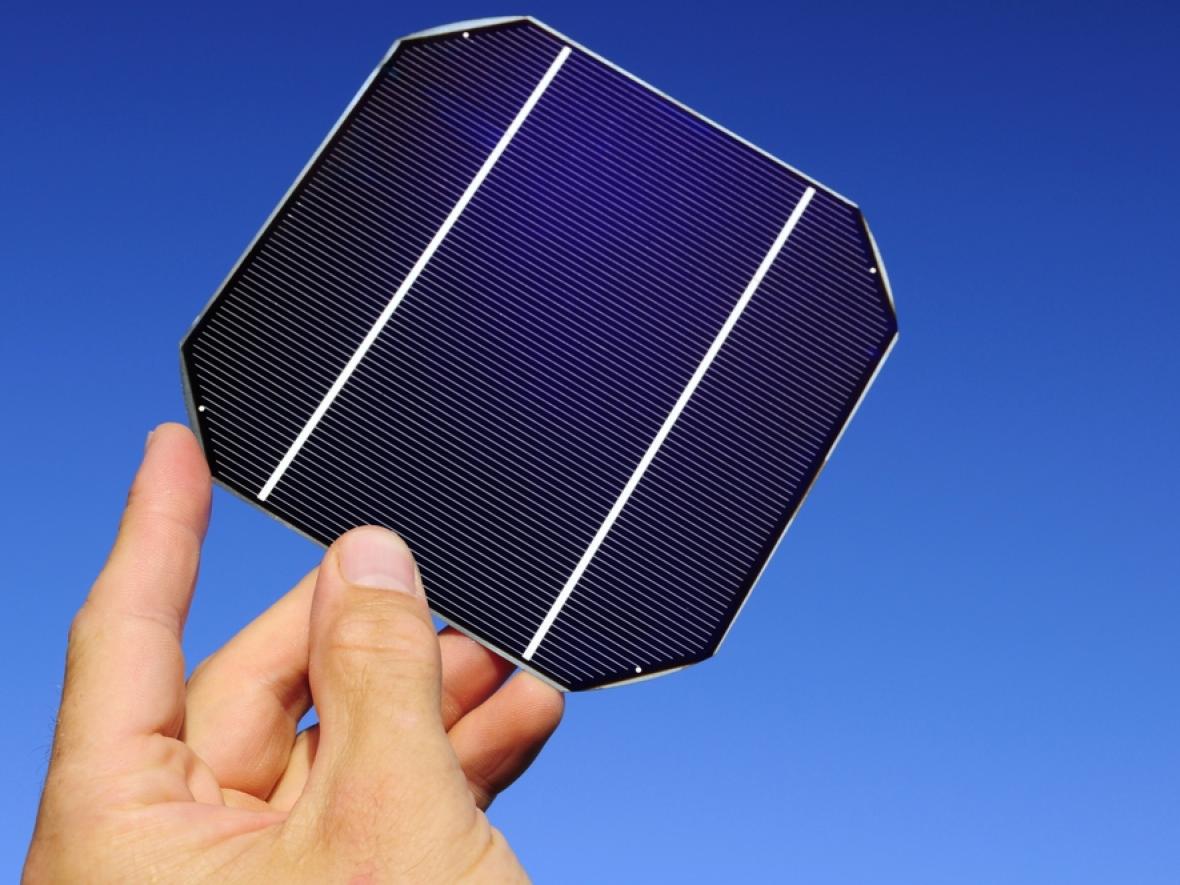
Even cursory research into solar panel installation can have some homeowners confused at the term “photovoltaic.” And what can be even more confusing is attempting to understand the science behind how these shiny black and blue panels actually convert the sun’s rays into free, renewable, clean electricity for use in your Arizona home!
At Energy Solution Providers, we know you probably have a lot of questions about the process of going solar for your home (or business). Our customer often as us “How much does solar cost to install? Will solar damage my roof? What tax savings are currently available?” But if your curiosity extends to understanding how solar panels actually work, then you’ve come to the right place!
Photon-Again, Off Again
In order to gain a deeper understanding of what exactly it is solar panels do, we need to understand the kind of energy is coming from the sun. The sun allows life to thrive on earth as we know it. Of the 6 things that National Geographic lists as “Making Life On Earth Possible,” two of them are:
The stability of our sun
Our prime distance from it
The sun is a star, but you could also look at it as a massive nuclear reactor. The sun’s core is in a constant state of nuclear fusion, which creates photons that are sent in all directions away from the sun — which is how photons arrive on Earth. Photons are a very particular combination of light and energy. The dictionary defines a photon as “a particle representing a quantum of light or other electromagnetic radiation. A photon carries energy proportional to the radiation frequency but has zero rest mass.”
How Solar Panels “See the Light”
Photons leave the sun traveling at 186,282 miles per second. That means they reach the earth in a little under 9 minutes. Here is where solar photovoltaic panels come in. Solar photovoltaic panels are comprised of photovoltaic cells, which are made up of a silicon semiconductor. This semiconductor has a positive layer and a negative later, which creates an electric field similar to a battery. When a photon hits a solar cell, the electrons in that cell are knocked loose from their atom. This reaction sends those electrons through the electrical field created by the positive and negative layers, and creates a circuit. And as the electrons continue to move through this newly created electrical circuit, they generate electricity!
Solar Current-cy
This photovoltaic process of turning photons into electricity creates direct current (DC) electricity. This is where an inverter is necessary for any solar photovoltaic system. A solar inverter takes that raw, DC current and transforms it into an alternating current (AC), making it safe to use in your home.
Solar Panels: The More, The Better
All of the science talk aside, the more photovoltaic cells that are exposed to direct sunlight, the more photons they can capture. The more photons captured, and the more electrons running through this series of circuits, the more electricity is generated. Thus, the more square footage of solar panels you can have on your roof or property, the more clean, green, renewable, and free electricity you can use in your own home or business.
At Energy Solution Providers, we want to set your solar installation up for lasting success. And if you hurry to schedule your solar installation before the end of 2019, you can take advantage of the 30% savings offered by the Federal Solar Tax Credit! What can you do with those savings? How about buying a 30% larger solar PV system than you had originally planned? This can save you even more money in the long run, turning your solar PV system into a lucrative home investment. To learn more about the Federal Solar Tax Credit, get a hold of the solar experts from Tucson to Phoenix, at Energy Solution Providers.
